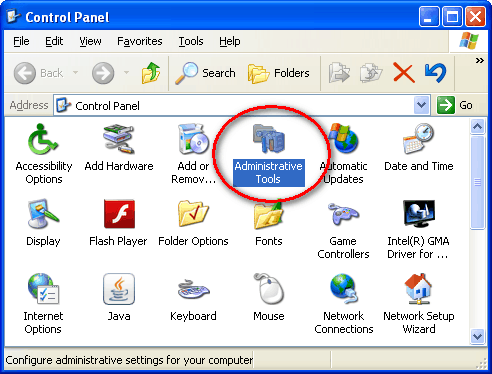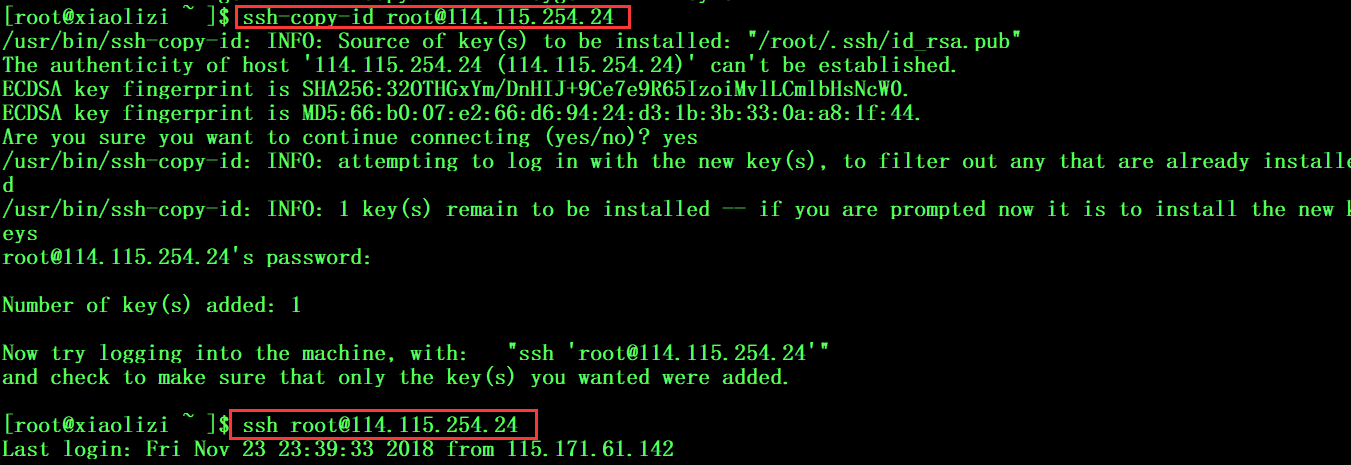
Pulling the image over to a second host using lxd's remote: approach (after adding the host using the lxd config) does not result in it appearing in lxc images list. If I hijack metadata from the original image, then I can't get the container started although import no longer crashes on me - I obviously don't know what I'm doing. gz file though (without the meta-data) when I export it. To copy the public key to the server we want to log into, we are going to use the ssh-copy-id tool that is part of the openssh package. Produces a and file, which can be imported (on a different server) with lxc image import rootfs -alias imported_ubuntuĮdit: I've investigated further and have published my test container, which creates an image of it. For example, lxd-images import ubuntu -alias ubuntu

xz file (when I obtain them using lxd-images). I'm able to export standard images and obtain an. My solution is: Match User monitoring ChrootDirectory /data/foreignprojects/monitoring ForceCommand lxc-console -n monitoringlxc. The basic.sh script leads me to believe that I was following the correct route though (except for the tar.gz vs tar.xz descrepancY). I need a user that connects to my host with ssh, which is forwarded into a lxc-container. Yields the error: exit status 2 (tar: metadata.yaml: Not found in archive) Attempting to import that image on the same host via lxc image import -alias testimage This gives me a tarball (shortened here), as described in the documentation (I'm running lxc and lxd versions 2.0.0.beta3). I've created a container test on my localhost, installed all the necessary goodies within it, stopped it, published it, and executed the following commands: lxc image export test I consulted the basic.sh test script in the lxc/lxd repo to confirm that I'm using the correct approach (I discovered along the way that I was misunderstanding images vs containers). I've created a container on my localhost and now wish to load the container on the remote server. This file is very important for ensuring that the SSH client is connecting to the correct SSH server.I've installed lxd on two ubuntu hosts that can only communicate via an intermediate server (on which I don't have su privileges). When the client connects to a server, the server authenticates the client by checking its signed public key stored within this file.Ĭontains the ECDSA private key of the user.Ĭontains host keys of SSH servers accessed by the user. Holds a list of authorized public keys for servers. The PAM configuration file for the sshd daemon.

The EdDSA public key used by the sshd daemon. The EdDSA private key used by the sshd daemon. The RSA public key used by the sshd daemon. The RSA private key used by the sshd daemon. The ECDSA public key used by the sshd daemon. The ECDSA private key used by the sshd daemon. The configuration file for the sshd daemon. Note that it is overridden by ~/.ssh/config if it exists. The default SSH client configuration file. Other key exchange methods do not need this file. If the file is not available, fixed groups will be used. When keys are exchanged at the beginning of an SSH session, a shared, secret value is created which cannot be determined by either party alone. System-wide configuration files FileĬontains Diffie-Hellman groups used for the “Diffie-Hellman group exchange” key exchange method, which is critical for constructing a secure transport layer. User-specific SSH configuration information is stored in ~/.ssh/ within the user’s home directory as described in User-specific configuration files. System-wide SSH configuration information is stored in the /etc/ssh/ directory as described in System-wide configuration files. There are two different sets of configuration files: those for client programs (that is, ssh, scp, and sftp), and those for the server (the sshd daemon). OpenSSH servers and clients can be configured to authenticate using the GSSAPI (Generic Security Services Application Program Interface) implementation of the Kerberos network authentication protocol. The OpenSSH server and client can be configured to create a tunnel similar to a virtual private network for traffic between server and client machines. It can be used to create a secure channel Using a technique called port forwarding, an SSH server can become a conduit to securing otherwise insecure protocols, like POP, and increasing overall system and data security. The SSH protocol encrypts everything it sends and receives.


It provides a way to secure otherwise insecure protocols Note that if you set the ForwardX11Trusted option to yes or you use SSH with the -Y option, you bypass the X11 SECURITY extension controls, which can result in a security threat. Using a technique called X11 forwarding, the client can forward X11 ( X Window System) applications from the server. It provides secure means to use graphical applications over a network Fedora Diversity, Equity, and Inclusion (DEI).
LXC SSH COPY ID DRIVER


 0 kommentar(er)
0 kommentar(er)
